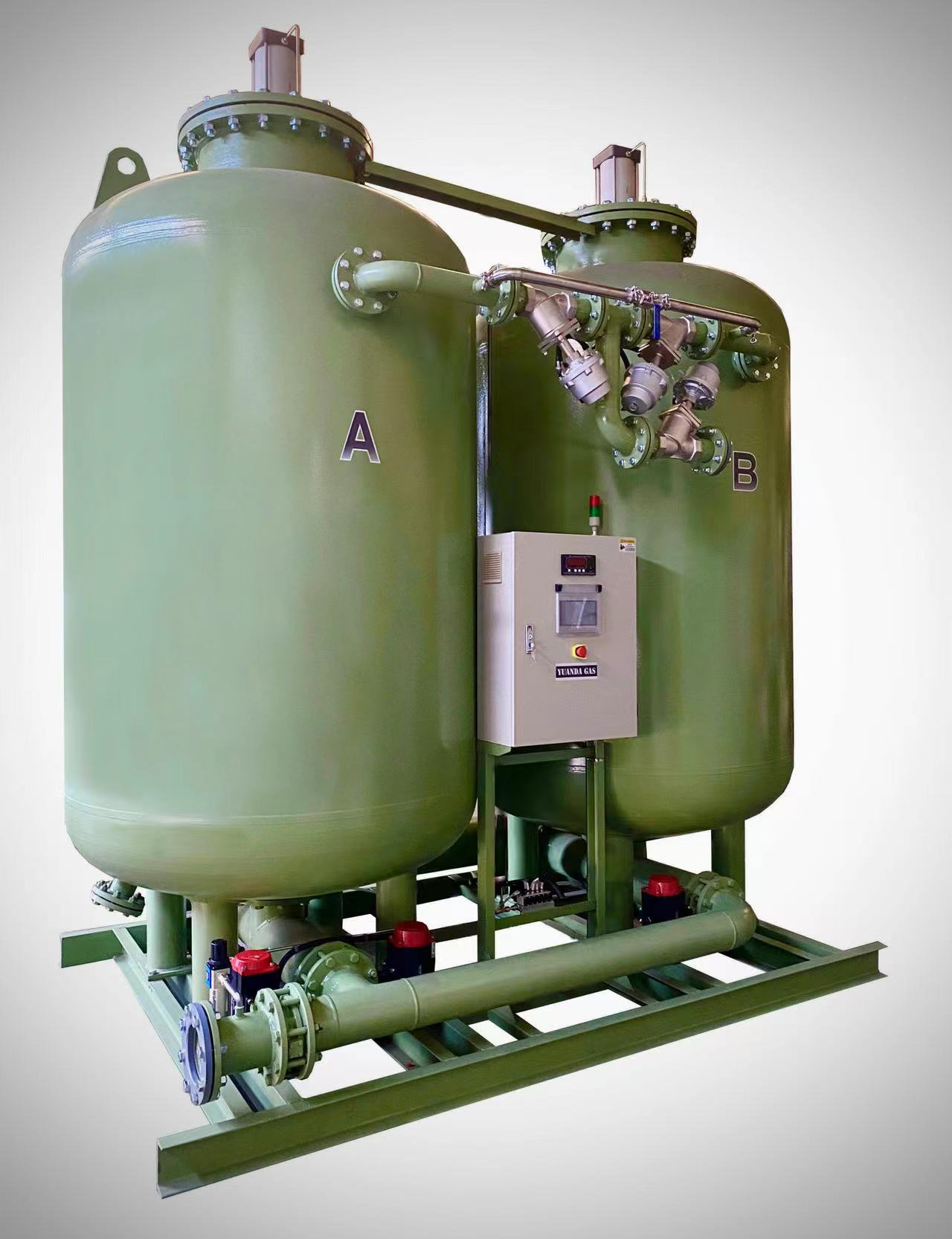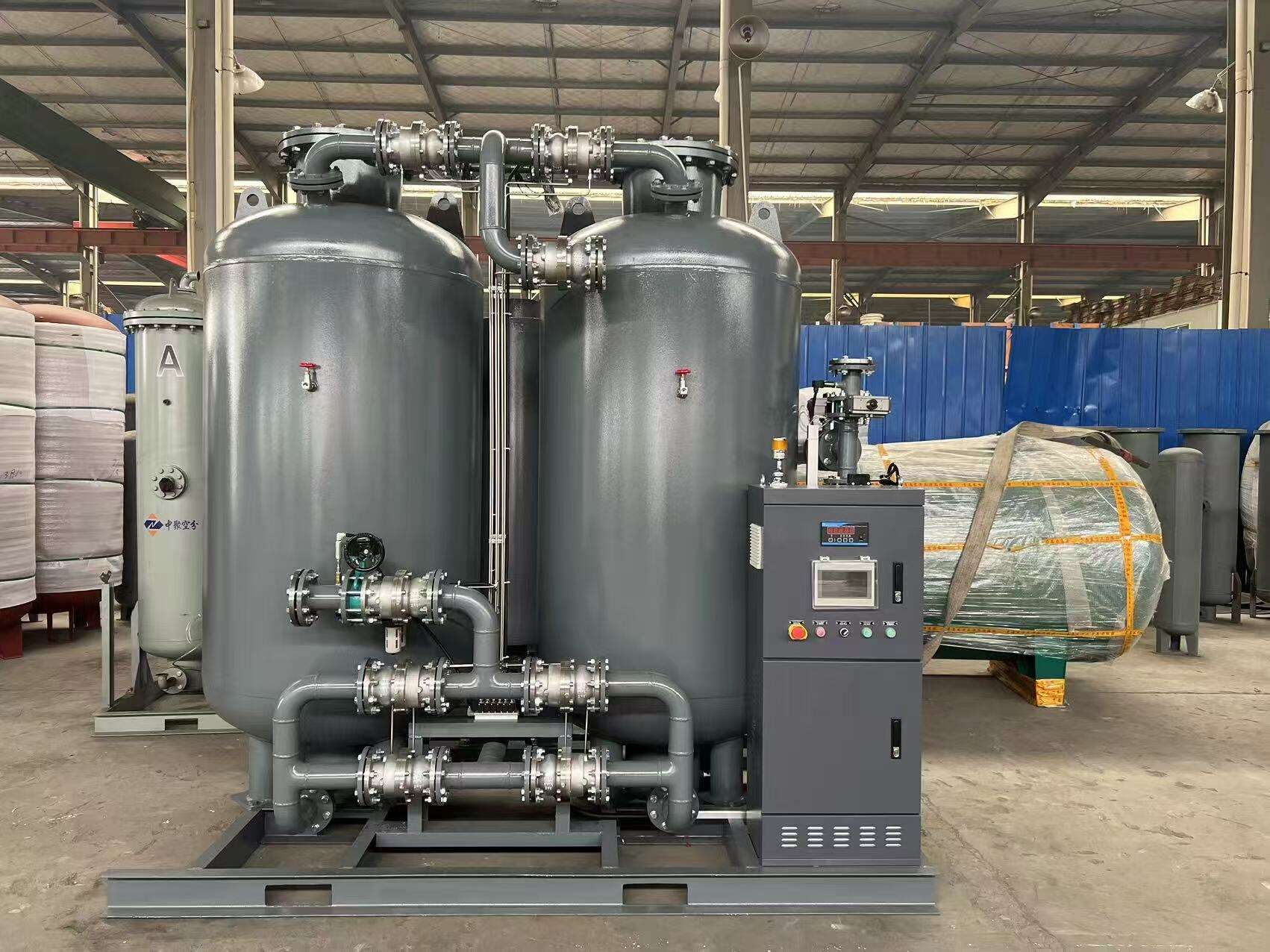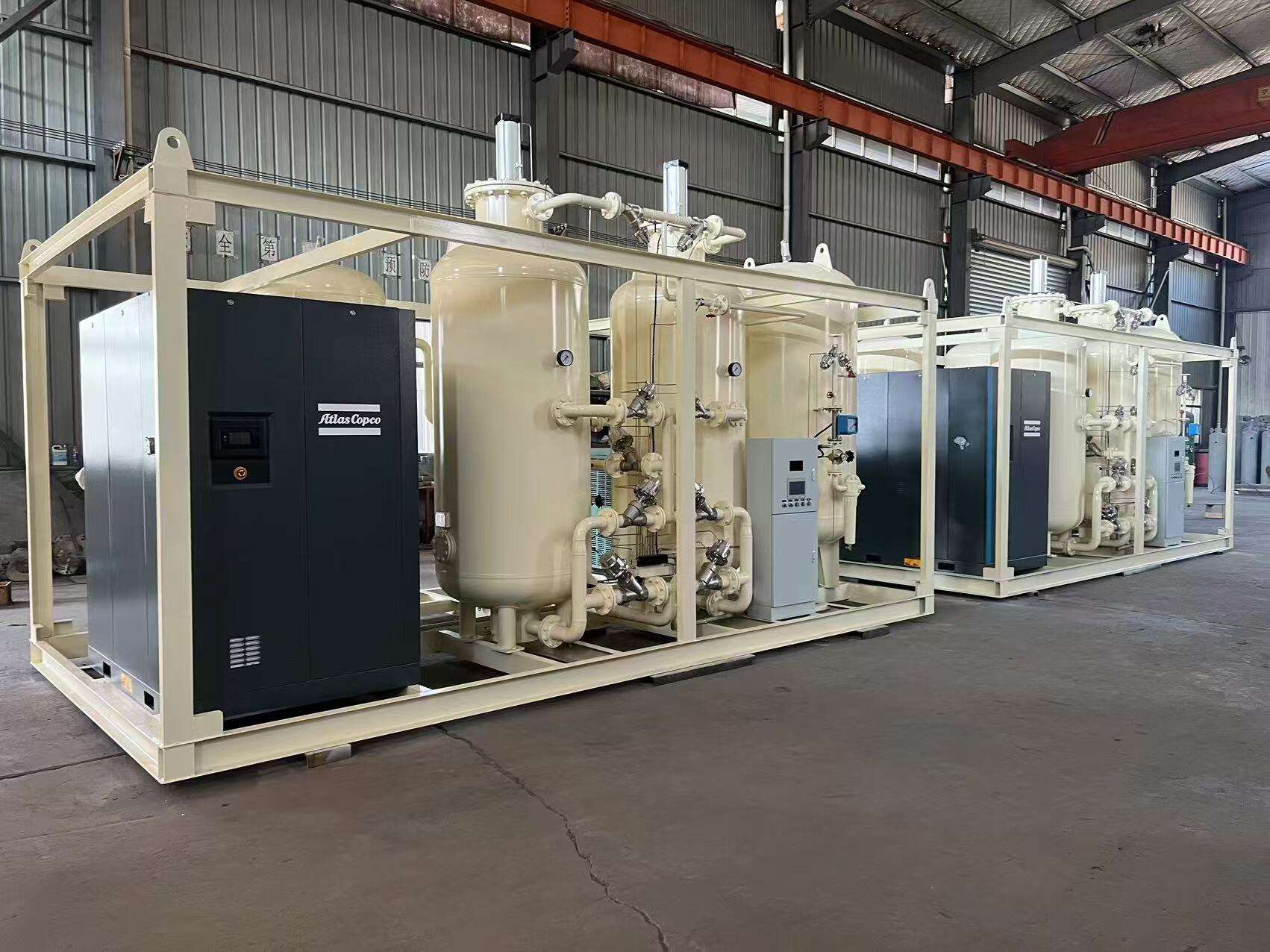psa in oxygen plant
A PSA (Pressure Swing Adsorption) oxygen plant represents a cutting-edge solution for on-site oxygen generation, utilizing advanced molecular sieve technology to separate oxygen from atmospheric air. This innovative system operates by pressurizing ambient air and passing it through specialized zeolite materials that selectively adsorb nitrogen while allowing oxygen to flow through. The process involves multiple stages of pressure variation, hence the name 'pressure swing.' The plant typically achieves oxygen purity levels of up to 95%, making it suitable for various industrial and medical applications. The system encompasses several key components, including air compressors, pre-treatment units, adsorption vessels, and control systems that work in harmony to ensure continuous oxygen production. Modern PSA oxygen plants are equipped with automated monitoring systems, energy recovery mechanisms, and sophisticated control interfaces that optimize operational efficiency. The technology enables users to generate oxygen on demand, eliminating the need for external oxygen supply chains and reducing dependency on traditional gas suppliers. These plants are scalable and can be configured to produce anywhere from a few cubic meters to several thousand cubic meters of oxygen per hour, depending on the specific requirements.


